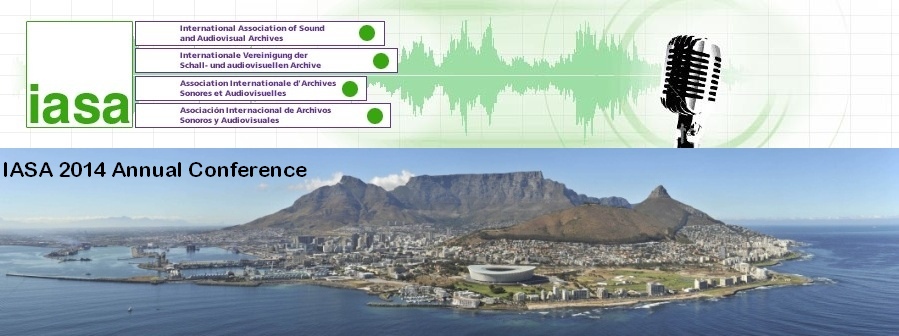Before non-linear computer based digital recording, there was tape. Digital recorders that stored data on linear magnetic tape spanned a transitional period of record production from the early 1980’s to the middle of the 1990’s. Before digital delivery was available to consumers via the compact disc, these early digital recorders were making their way into professional recording facilities promising to be “better sounding, more reliable, and more tolerant to tape abuse” (Mitsubishi advertisement. c.1983).
This paper will look specifically at the ProDigi 32-track format and discuss how it was used in music production and the implications regarding preservation and migration. Touted as having “full use of 32 digital audio channels in addition to extra channels for SMPTE, analog audio, and future data channels” (Mitsubishi advertisement. c.1981), the 32-track ProDigi machine designed by Mitsubishi became a multitrack standard in recording studios before its demise due to the adoption of non-linear digital recording systems. Using materials from the Drexel University Audio Archives, the author will present a case study of acquiring playback equipment, bringing it to operational condition, and migrating recordings to new digital file sets. Issues regarding tape stock, playback errors, and re-digitization will be discussed. Multitrack recordings of The Trammps, Daryl Hall, Teddy Pendergrass, and others will be examined.
